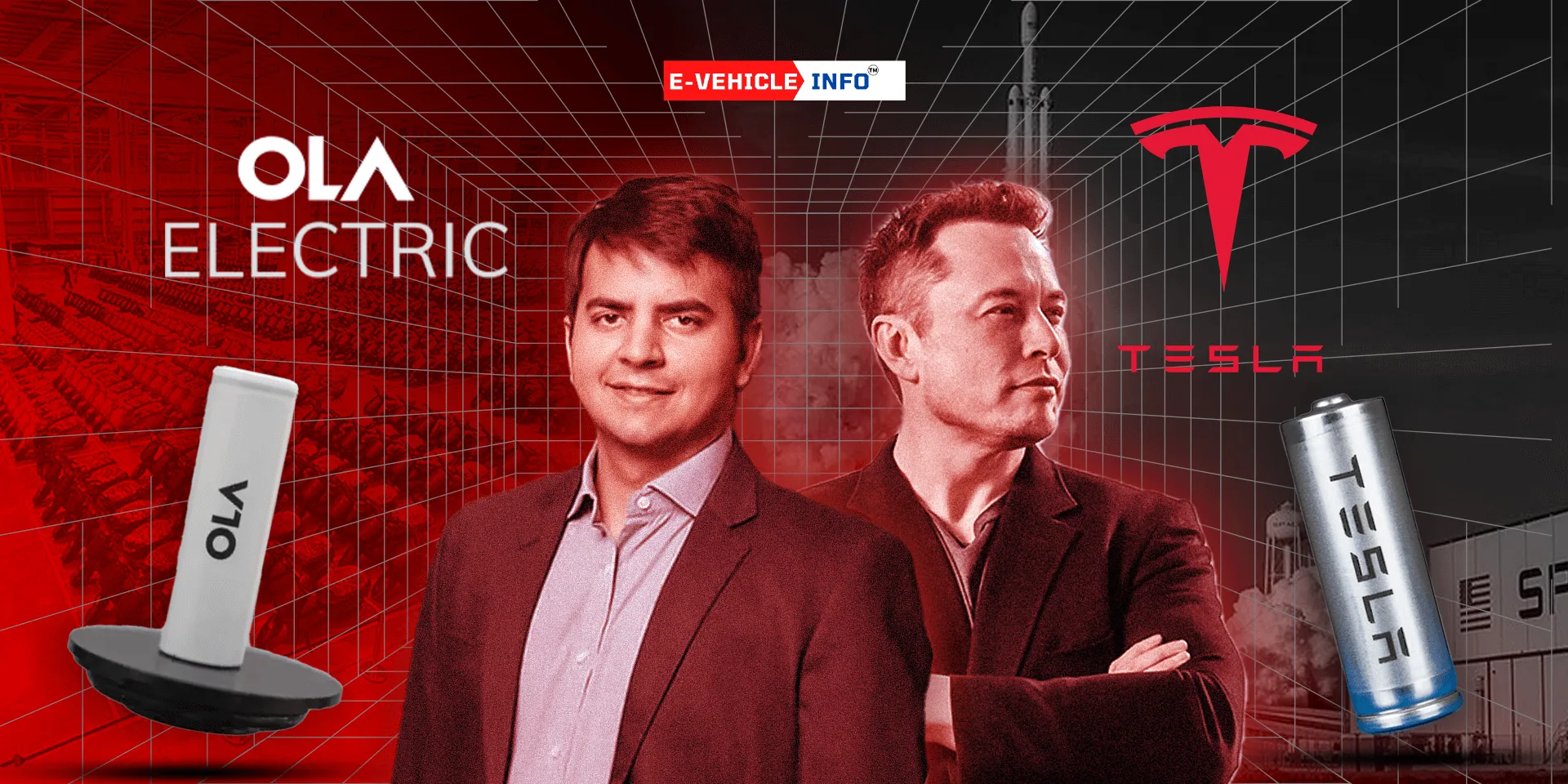
In a recent interview, When asked about comparisons people make between Bhavish Aggarwal and Tesla CEO, he said, “You know, I’m just being myself. I’m much younger than him, and he’s someone we all look up to. But honestly, I’m not sure why he’s venturing into the same businesses I’m in. Maybe he should try something new for a change. I started Krutrim before he launched his AI venture.”
He added, “We prefer the kurta-pyjama over a leather jacket any day. If people in Silicon Valley can wear leather jackets and black polo t-shirts, why can’t we wear a kurta and have long hair?” Source: Hindustan Times
Bhavish Aggarwal also claimed that Ola Electric is the world’s largest electric two-wheeler manufacturer, the world’s 4th largest EV company by revenue, and 5th largest EV company by market cap (excluding China).
After This, People started comparing Bhavish Aggarwal, the founder of Ola Electric, to Elon Musk, the man behind Tesla. While operating in different geographical and market segments, Tesla and Ola Electric share a common vision: accelerating the world’s transition to sustainable energy.
Both companies are leading the electric vehicle (EV) revolution in their regions, focusing on innovation, technology, and a direct-to-consumer approach.
Elon Musk and Bhavish Aggarwal are known as disruptors, challenging the dominance of traditional vehicles and leaving a significant mark on the industry.
In this article, we will examine key points that compare the business models of Ola Electric and Tesla. we will discuss Ola Electric Vs Tesla’s product portfolio, business model, market cap, company’s revenue, and upcoming plans. The goal is to determine whether Ola Electric can replicate Tesla’s success in India.
Tesla has built a strong reputation for its luxury electric sedans and SUVs. Its product line includes:
Tesla’s focus on premium vehicles with advanced technology has established it as a leader in the luxury EV segment. The brand’s commitment to long-range performance and cutting-edge autonomous driving features has set a high standard in the electric vehicle market.
On the other hand, Ola Electric has primarily targeted the mass market with its electric scooters. Its product range currently includes:
However, Ola Electric’s ambitions extend far beyond scooters. The company has recently expanded its product portfolio to include:
One of the most significant parallels between Tesla and Ola Electric is their foray into the energy storage business. Both companies recognize the importance of energy storage solutions to complement their electric vehicles and stabilize the grid.
Tesla’s Powerwall and Powerpack are well-known energy storage products, offering solutions for residential and commercial customers. Ola Electric’s entry into this space is a strategic move to create a comprehensive ecosystem around electric mobility.
At its Sankalp event on August 15th, Ola Electric unveiled the “Bharat Cell” battery cell, an indigenous 4680 cell with five times the energy density of the current 2170 cells and faster charging for improved user experience.
Both companies are investing heavily in manufacturing and technology to gain a competitive edge. Tesla has a strong global presence with manufacturing facilities in the United States, China, and Germany. Tesla’s Gigafactory has become synonymous with large-scale battery production globally.
Tesla’s Gigafactory in Berlin
Ola Electric’s Gigafactory In Tamilnadu
Compared to Tesla’s manufacturing model, Ola Electric has set up the world’s largest electric two-wheeler manufacturing plant, a Gigafactory in Tamil Nadu, India, marking a significant milestone in the country’s electric vehicle (EV) industry. This massive manufacturing facility of Ola is designed to produce electric two-wheelers and batteries at a large scale.
This vertical integration allows both companies to control costs, improve efficiency, and drive innovation.
Ola Electric’s rapid growth and expansion plans position it as a potential game-changer in the Indian EV market. By focusing on affordability, accessibility, and a strong local supply chain, the company can accelerate EV adoption in the country.
Key factors that could contribute to Ola Electric’s success include:
As Ola Electric expands its product portfolio and strengthens its ecosystem, it has the potential to become a global EV leader, similar to Tesla.
The company’s success will not only benefit Indian consumers but also contribute to the country’s goal of achieving energy independence and reducing carbon emissions.
But with its aggressive plans, Ola Electric and Bhavish Aggarwal also need to concentrate on its shortcomings, and rectify its mistakes, to replicate Tesla’s success in India.
This post was last modified on August 31, 2024 12:59 am
In a major stride toward sustainable mobility, the Himachal Pradesh Police have incorporated six custom-modified Tata Curvv electric vehicles into…
In India, the automotive and transport industry is undergoing significant changes. This transformation isn't just about improving roads and infrastructure;…
Montra Electric, the clean mobility brand from the prestigious Murugappa Group, has launched the All-New Super Auto, a next-generation electric…
Union Minister Nitin Gadkari (Minister of Road Transport and Highways of India) has once again made a bold statement that’s got…
India’s electric four-wheeler (E4W) market slowed in September 2025, following a record-breaking August, with 15,038 units sold, representing an 18%…
India’s EV market hit 1,04,056 electric two-wheeler sales in September 2025. TVS, Bajaj, and Ather led the chart, while Ola…
This website uses cookies.